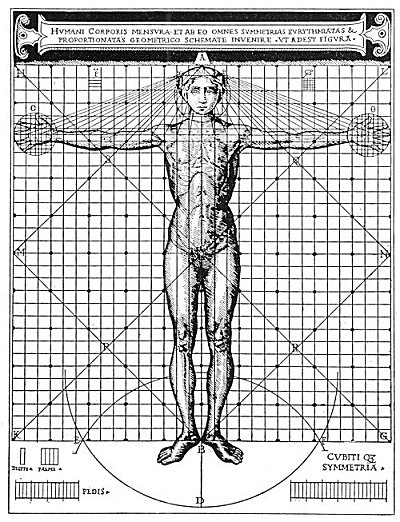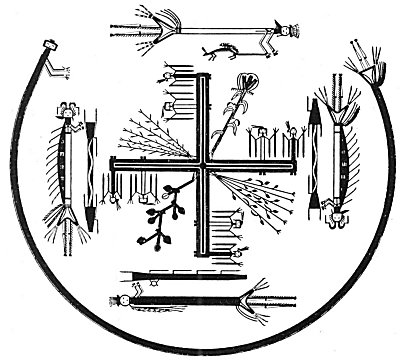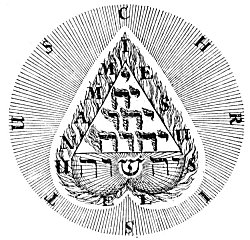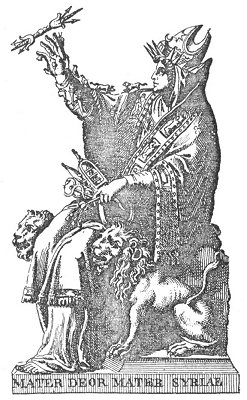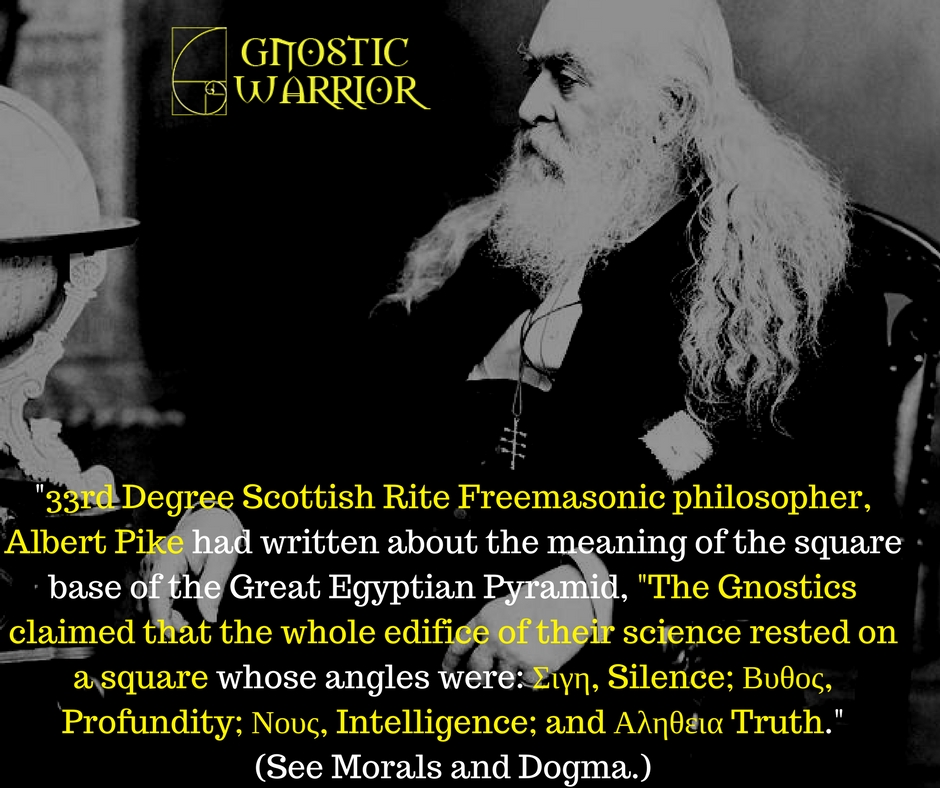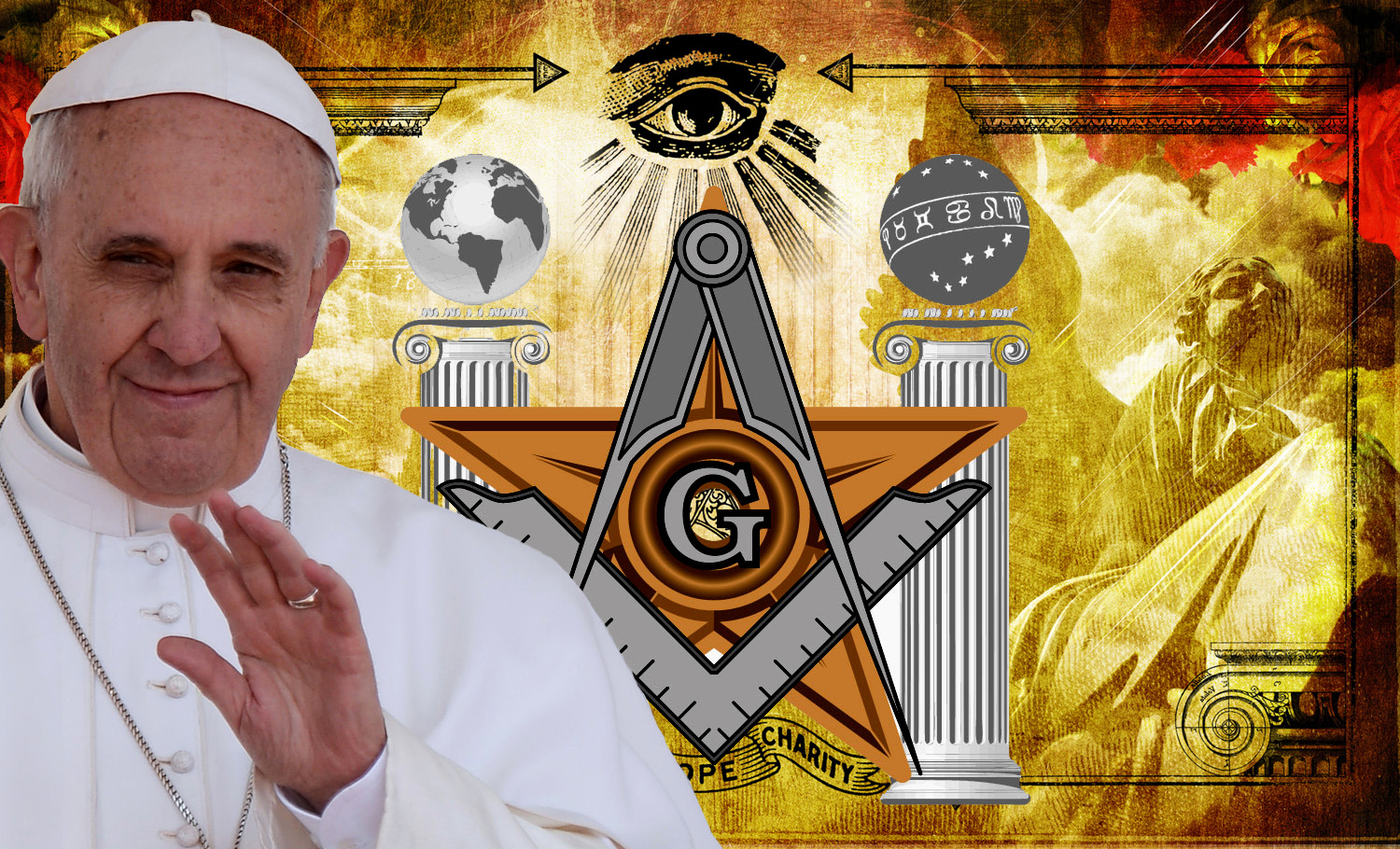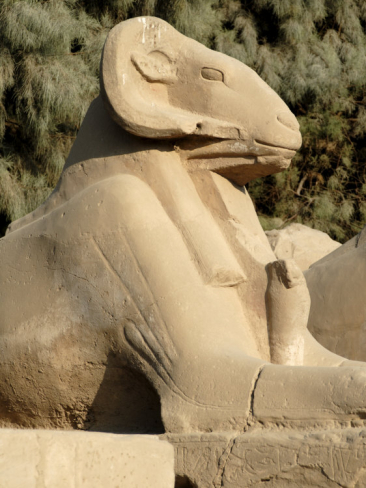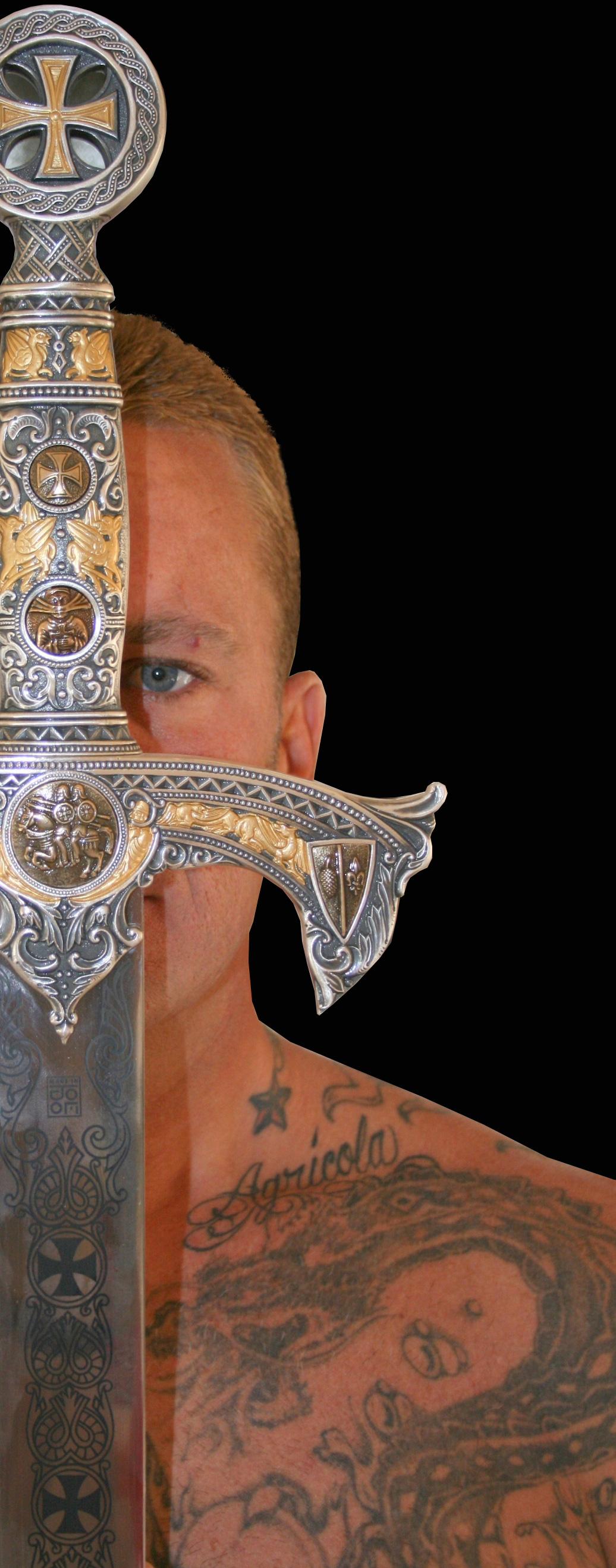To even the superficial student of the subject it must be evident that the name of Peter Gower, the Grecian, is merely an Anglicized form of Pythagoras; consequently Groton, where he formed his lodge, is easily identified with Crotona. A link is thus established between the philosophic Mysteries of Greece and mediæval Freemasonry. In his notes on King Henry’s questions and answers, William Preston enlarges upon the vow of secrecy as it was practiced by the ancient initiates. On the authority of Pliny he describes how Anaxarchus, having been imprisoned in order to extort from him some of the secrets with which he had been entrusted, bit out his own tongue and threw it in the face of Nicocreon, the tyrant of Cyprus. Preston adds that the Athenians revered a brazen statue that was represented without a tongue to denote the sanctity with which they regarded their oath-bound secrets. It is also noteworthy that, according to King Henry’s manuscript, Masonry had its origin in the East and was the carrier of the arts and sciences of civilization to the primitive humanity of the western nations.
Conspicuous among the symbols of Freemasonry are the seven liberal arts and sciences. By grammar man is taught to express in noble and adequate language his innermost thoughts and ideals; by rhetoric he is enabled to conceal his ideals under the protecting cover of ambiguous language and figures of speech; by logiche is trained
THE MYSTERY OF THE MACROCOSM.
Redrawn from Cesariano’s Edition of Vitruvius. Summarizing the relationship between the human body and the theory of architectonics, Vitruvius writes:
“Since nature has designed the human body so that its members are duly proportioned to the frame as a whole, it appears that the ancients had good reason for their rule, that in perfect building the different members must be in exact symmetrical relations to the whole general scheme. Hence, while transmitting to us the proper arrangements for buildings of all kinds, they were particularly careful to do so in the case of temples of the gods, buildings in which merits and faults usually last forever. * * * Therefore, if it is agreed that number was found out from the human fingers, and that there is a symmetrical correspondent between the members separately and the entire form of the body, in accordance with a certain part selected as standard, we can have nothing but respect for those who, in constructing temples of the immortal gods, have so arranged the members of the works that both the separate parts and the whole design may harmonize in their proportions and symmetry.” (See The Ten Books on Architecture)
By some it is believed that St. Paul was initiated into the Dionysiac Mysteries, for in the tenth verse of the third chapter of First Corinthians he calls himself a “master-builder” or adept: “According to the grace of God which is given into me, as a wise master-builder, I have laid the foundation and another buildeth thereon. ” As survivals of the ancient Dionysiac rites, the two diagrams of Cesariano, accompanying this chapter are of incalculable value to the modern mystic architect.
p. 174
in the organization of the intellectual faculties with which he has been endowed; by arithmetic he not only is instructed in the mystery of universal order but also gains the key to multitude, magnitude, and proportion; by geometry he is inducted into the mathematics of form, the harmony and rhythm of angles, and the philosophy of organization; by music he is reminded that the universe is founded upon the laws of celestial harmonics and that harmony and rhythm are all-pervading; by astronomy he gains an understanding of the immensities of time and space, of the proper relationship between himself and the universe, and of the awesomeness of that Unknown Power which is driving the countless stars of the firmament through illimitable space. Equipped with the knowledge conferred by familiarity with the liberal arts and sciences, the studious Freemason therefore finds himself confronted by few problems with which he cannot cope.
THE DIONYSIAC ARCHITECTS
The most celebrated of the ancient fraternities of artisans was that of the Dionysiac Architects. This organization was composed exclusively of initiates of the Bacchus-Dionysos cult and was peculiarly consecrated to the science of building and the art of decoration. Acclaimed as being the custodians of a secret and sacred knowledge of architectonics, its members were entrusted with the design and erection of public buildings and monuments. The superlative excellence of their handiwork elevated the members of the guild to a position of surpassing dignity; they were regarded as the master craftsmen of the earth. Because of the first dances held in honor of Dionysos, he was considered the founder and patron of the theater, and the Dionysians specialized in the construction of buildings adapted for the presentation of dramatic performances. In the circular or semicircular orchestra they invariably erected an altar to Æschylus, the famous Greek poet, that while appearing in one of his own plays he was suspected by a mob of angry spectators of revealing one of the profound secrets of the Mysteries and was forced to seek refuge at the altar of Dionysos.

Moe is the founder of GnosticWarrior.com. He is a father, husband, author, martial arts black belt, and an expert in Gnosticism, the occult, and esotericism.

